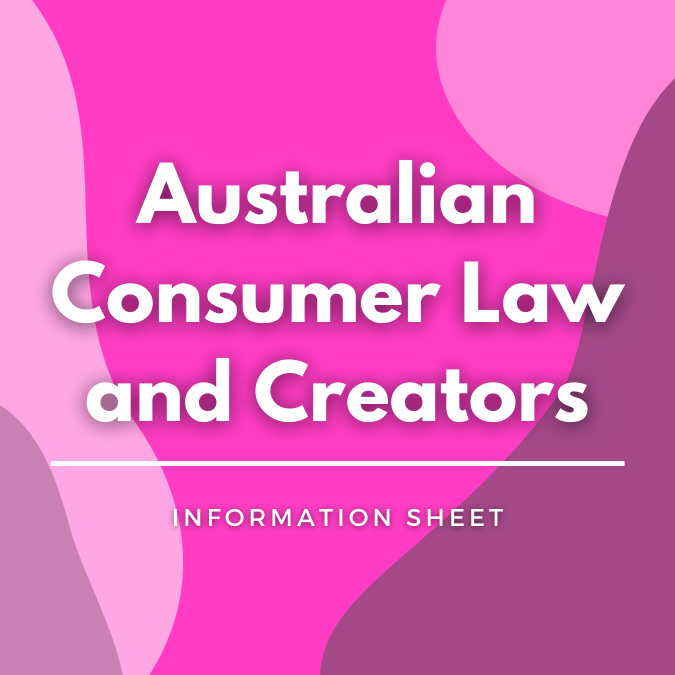Patents and Inventions
A patent can protect different types of inventions, including devices, substances, methods or processes. IP Australia administers the grant of patents in Australia.
Patent rights are granted to a patent owner (often referred to as a patentee), as a reward for disclosing to the public their new and useful invention. The bargain or exchange at the heart of the patent system encourages inventors to continue inventive activities, and the public ultimately benefiting from the inventions, and from the disclosure of information about the invention which falls into the public domain once a patent has expired.
What are patent rights?
A patent is an exclusive statutory right. This right gives the owner of the patent a limited ‘monopoly’, or the right to prevent other people from doing certain acts without their permission. These include making, using and selling the invention (amongst other things) for 20 years, or up to 25 years in the case of pharmaceuticals.
What types of inventions can be patented?
Primarily, inventions that are new and inventive when compared with the existing state of knowledge in the relevant area. Something may be new but not be inventive if it is the obvious next step in a particular field of knowledge. For example, synthetic paint brushes may be new but not inventive given that most articles previously made from natural materials are logically now made from artificial materials.
The invention must be subject matter that is properly the subject matter of a patent. It is not possible to patent most genetic material, artistic creations, mathematical models, mere schemes or business schemes, or mental processes. The circumstances in which computer implemented business methods are patentable are a hot topic in patent law and the law is currently evolving. IP Australia’s Patent Manual of Practice and Procedure publishes information on its practices in reviewing applications for these types of inventions.
Is patent protection automatic?
Patents are granted only after an application has been made and examination successful. The process can take a number of months or even years. The costs associated with filing and prosecuting patents are published by IP Australia.
For a patent to be granted by the Commissioner of Patents, an application must satisfy the requirements set out in the Patents Act 1990 (Cth). These include that to be protected, an invention must be new, inventive, and useful. It cannot be a mere discovery or a bare principle.
A patent application is made through IP Australia, the government department that administers registrable intellectual property rights in Australia. A patent application will be examined by a specialist examiner to check that meets the requirements for a valid patent before it is granted. The grant of a patent may also be opposed by someone who thinks the patent should not be granted. IP Australia has published some helpful information about patents and the patent application process here.
How long does a patent protect an invention?
A standard patent lasts for twenty years. That period can be extended by up to five years for certain pharmaceutical patents, as these inventions need regulatory and marketing approval.
Australia also used to grant patents known as ‘innovation patents’. These had a lower threshold of inventiveness and a shorter duration (8 years) than standard patents. Innovation patents were phased out on 26 August, 2021. While it is not possible to file them any longer, innovation patents are often still the subject of patents disputes and litigation.
A patent can also be revoked if it should not have been granted. This sometimes happens during patent infringement proceedings: the party who has been sued argues that the patent should never have been granted as a defence to the infringement claim.
Does an Australian patent give you a world-wide right?
No. Patents are country specific. Australian patents rights can only be asserted against activities occurring in Australia (with some exceptions). So, if someone uses your patented process without your say so in the United States of America, your Australian patent is unlikely to be able to be used to stop that activity. You would need a US patent.
Who do I talk to about applying for a patent?
You should speak to a qualified patent attorney or patent lawyer.
If you think that you have an invention to patent, you can ask them for advice and ask them to carry out a comprehensive search to assess whether there are existing inventions or technologies which could prevent you obtaining a patent. Patent registration is a costly process and particularly frustrating if unsuccessful because of the existence of an earlier patent or publication which could have been identified prior to lodging the application.
Keeping your invention confidential before making an application
Because of the requirement that the invention be ‘new’, any demonstration, discussion, sale or use of the invention in public before a patent application is filed may result in it not being ‘new’ and therefore no patent can be obtained. Although there are some exceptions to this rule, it is important that inventors do not disclose their creations to third parties (for example commercial partners) except on a confidential basis after completing a written confidentiality agreement. For further information and a sample confidentiality agreement see Arts Law’s information sheet, Protecting Your Ideas.
Risk of infringement
If you purchase and use a legitimate product, you are not generally at risk of patent infringement. The patentee’s patent rights end after the first sale of that product. While the patentee can stop someone from making a new product, you can take steps to fix a product you have bought.
If you want to know whether that something you are doing (or creating) may infringe a patent, you should seek specialist legal advice.
If you receive a letter alleging that your activities (or that of your business) infringe a third party’s patent, don’t procrastinate. Seek legal advice immediately. Attending to these claims early can often mean that a resolution can be found without significant cost for either party.
Do I have to tell the world about my invention, or can I keep it secret instead?
An invention can also be protected as a ‘trade secret’ and commercialised this way. Famous trade secrets include the recipe for Coca Cola and KFC’s 12 secret herbs and spices. What it means is that the owner takes significant steps to limit the disclosure of the details of the invention to a small number of people who are under serious confidentiality obligations to avoid disclosure of the invention to the public. However, if someone slips up and the confidentiality is lost, then you could lose protection of your invention entirely. You will also will not be able get a patent for your invention if you have used it and kept it secret.
A patent can make it easier to communicate, protect and enforce rights in your invention.
Can Indigenous bush foods and wellness products be patented?
Patents may offer protection for new and inventive products or methods that are based on Indigenous Knowledge, such as the way bush foods can be used as medicines and wellness products, a method for extracting part of a plant, a plant’s healing properties, or the process for preparing a bush medicine, so long as these meet the patentability criteria.
There are limitations to this protection due to the expensive and complex nature of patent applications, and the requirement that a patent be new, inventive, useful and with regard to a process, that it offers material advantage related to a ‘useful art’, distinct from a ‘fine art’.
It is worth noting that patenting has been employed by non-Indigenous companies when engaging in a term referred to as ‘biopiracy’, where Indigenous knowledge of plants is used without consent from Indigenous communities and without sharing the benefits of the use of that knowledge with the community.
In May 2024, the World Intellectual Property Organization adopted a new treaty on Intellectual Property, Genetic Resources and Associated Traditional Knowledge. Once it enters into force in contracting member states (like Australia), there will disclosure requirements during the patent application process around prospective patentees’ use of Indigenous peoples’ genetic resources and associated traditional knowledge.
© Arts Law Centre of Australia 2014, last reviewed 2024
Disclaimer
The information in this information sheet is general. It does not constitute, and should be not relied on as, legal advice. The Arts Law Centre of Australia (Arts Law) recommends seeking advice from a qualified lawyer on the legal issues affecting you before acting on any legal matter.
While Arts Law tries to ensure that the content of this information sheet is accurate, adequate or complete, it does not represent or warrant its accuracy, adequacy or completeness. Arts Law is not responsible for any loss suffered as a result of or in relation to the use of this information sheet. To the extent permitted by law, Arts Law excludes any liability, including any liability for negligence, for any loss, including indirect or consequential damages arising from or in relation to the use of this information sheet.
© Arts Law Centre of Australia
You may photocopy this information sheet for a non-profit purpose, provided you copy all of it, and you do not alter it in any way. Check you have the most recent version by contacting us on (02) 9356 2566 or tollfree outside Sydney on 1800 221 457.
The Arts Law Centre of Australia has been assisted by the Commonwealth Government through the Australia Council, its arts funding and advisory body.




